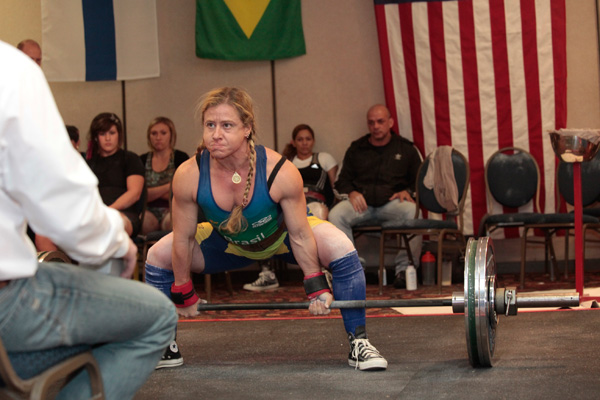(of the series “random thoughts after training”)
The deadlift is a different animal when compared to the other two powerlifts, in several aspects. One of them is that the number of RM (repetition maximum) does not correspond to max effort percentage the same way as for the squat or the bench press. It is really hard to determine the exact intensity of a deadlift. One of the reasons for that is the role played by the grip on the overall performance of the movement. A certain load my correspond to, let’s say, 80% intensity and yet the lifter is unable to perform 5 RM of it. The weaker the grip, the further from assessing the real intensity by the number of reps we are. It is easy to infer from that that on the average, the correspondence will be weaker for women than for men because, on the average, the female hand is smaller and, for the official Olympic bar, the grip will be weaker. It is also a logical inference that the stronger the grip, the better the deadlift performance: the grip is “weakest link” for the chain of factors leading to a perfect deadlift.
My grip is and has always been shitty. Since I survived a serious spine infection (infectious spondylodiscities) last December, I am still forbidden to perform the deadlift, although I am already squatting with moderate intensity. So I decided to work on my grip.
One of the interesting things in grip training for the deadlift is that not all grip strength exercises are transferable to the Olympic bar grip. Grippers, for example, are interesting, but far from optimally transferable. Holding increasingly heavier loaded bars, rolling the bar on your fingers, those work much better.
Andre Hohl and I are working on that.
More later

